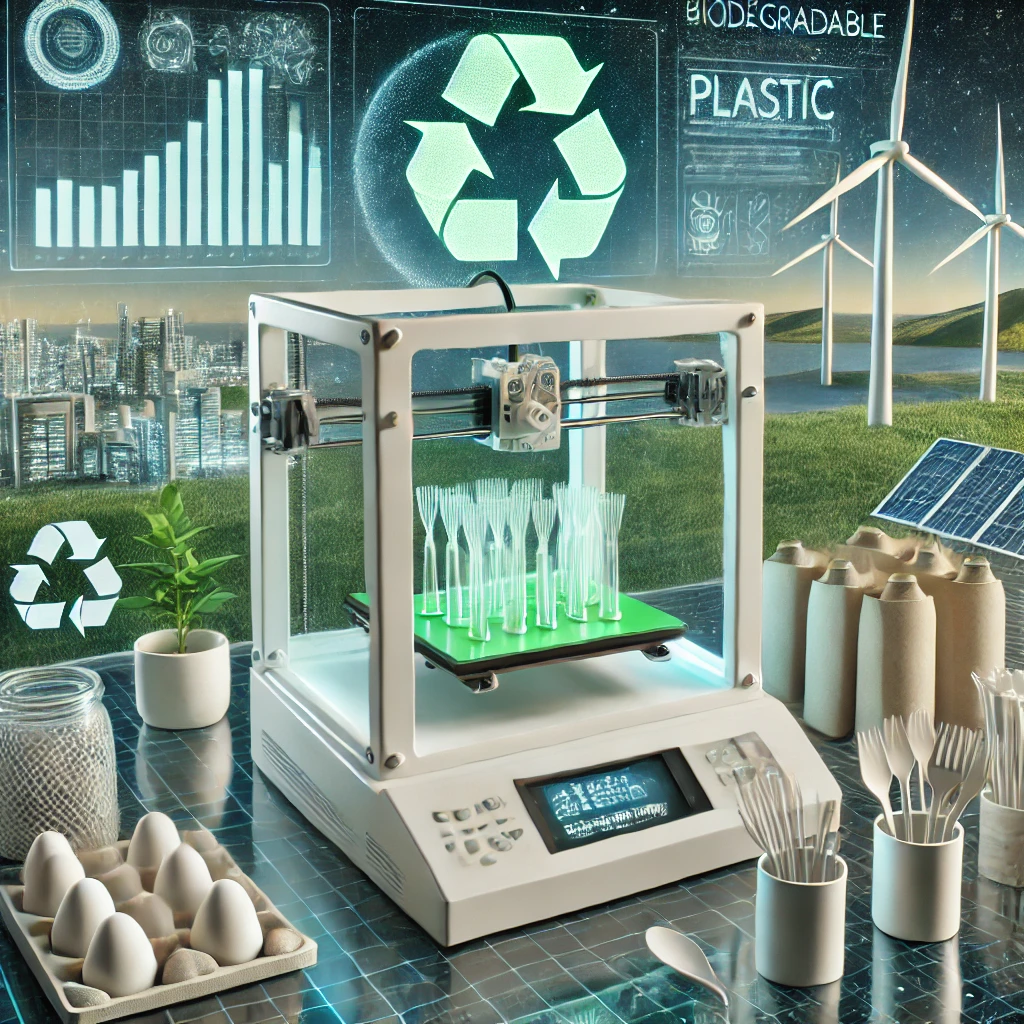
Positive Environmental Impact: Benefits of Using Biodegradable Plastics in Manufacturing
Introduction
Biodegradable plastics are an innovative solution to the world’s plastic waste crisis. Unlike conventional plastics, these materials can break down naturally, reducing environmental impact and promoting sustainability.
The purpose of this article is to analyze the benefits of these plastics and how their implementation can make a difference in preserving the environment.
Biodegradable Plastics: A Sustainable Alternative
What are biodegradable plastics?
Biodegradable plastics are designed to decompose through the action of microorganisms under specific conditions, transforming into natural compounds without generating contamination.
Comparison with Traditional Plastics
- Durability: While traditional plastics can persist in the environment for centuries, biodegradable plastics decompose in months or years.
- Environmental impact: Traditional plastics generate accumulations of waste in oceans and landfills, while biodegradable plastics contribute to waste reduction.
Sustainability Advantages
- Waste reduction: Less accumulation in fragile ecosystems.
- Lower carbon footprint: Produced from renewable sources, they emit less CO₂ in their manufacture.
- Compatibility with the circular economy: They facilitate recycling and responsible waste management.
Innovations and Applications
Recent Materials and Technologies
Advances in biopolymers have enabled the creation of stronger and more versatile biodegradable plastics. Examples include:
- PLA (polylactic acid): Derived from corn starch, used in packaging and disposable utensils.
- PHA (polyhydroxyalkanoates): Generated by microorganisms and completely biodegradable in different environments.
- Cellulose and potato starch: Used in ecological packaging and compostable materials.
Impact on Public Health and the Environment
Ecological Benefits
These plastics help reduce pollution and preserve biodiversity. Their use reduces the accumulation of microplastics in oceans and soils.
Air and Water Quality Improvements
Less plastic waste means less toxic emissions and less contamination of water sources.
Challenges and Considerations
Current Limitations
Despite their advantages, these plastics still present challenges such as cost of production and insufficient composting infrastructure.
Need for Regulations and Education
To ensure mass adoption, it is necessary to establish regulations and encourage environmental education in consumers and industries.
Conclusion
Biodegradable plastics offer a viable solution to reduce pollution and promote sustainability. However, their adoption requires innovation, investment and collective awareness.
Call to action: Businesses and consumers can contribute to change by opting for biodegradable materials and supporting recycling and composting policies.